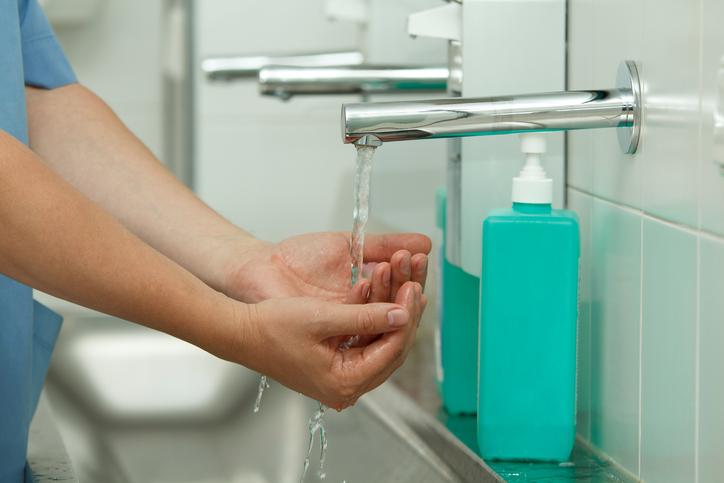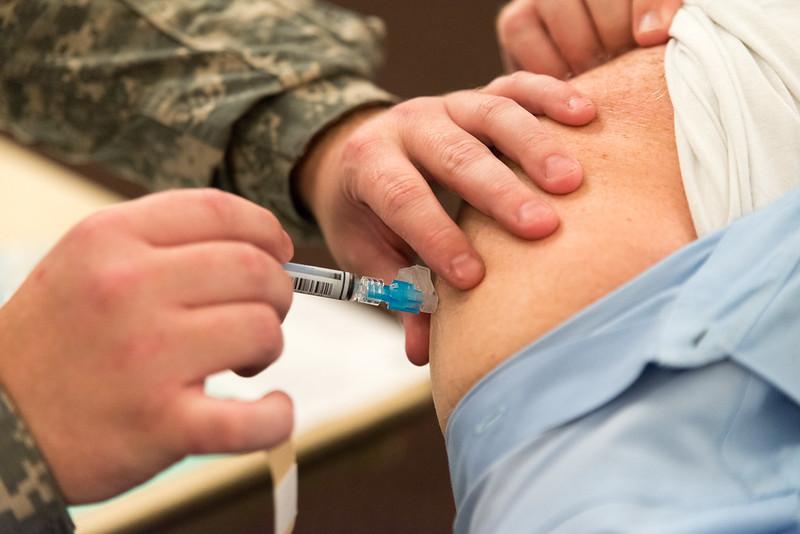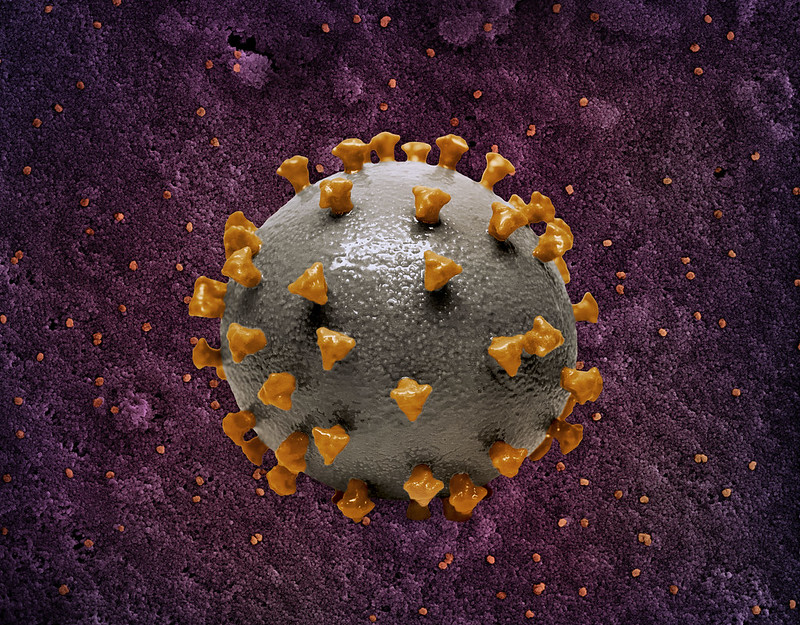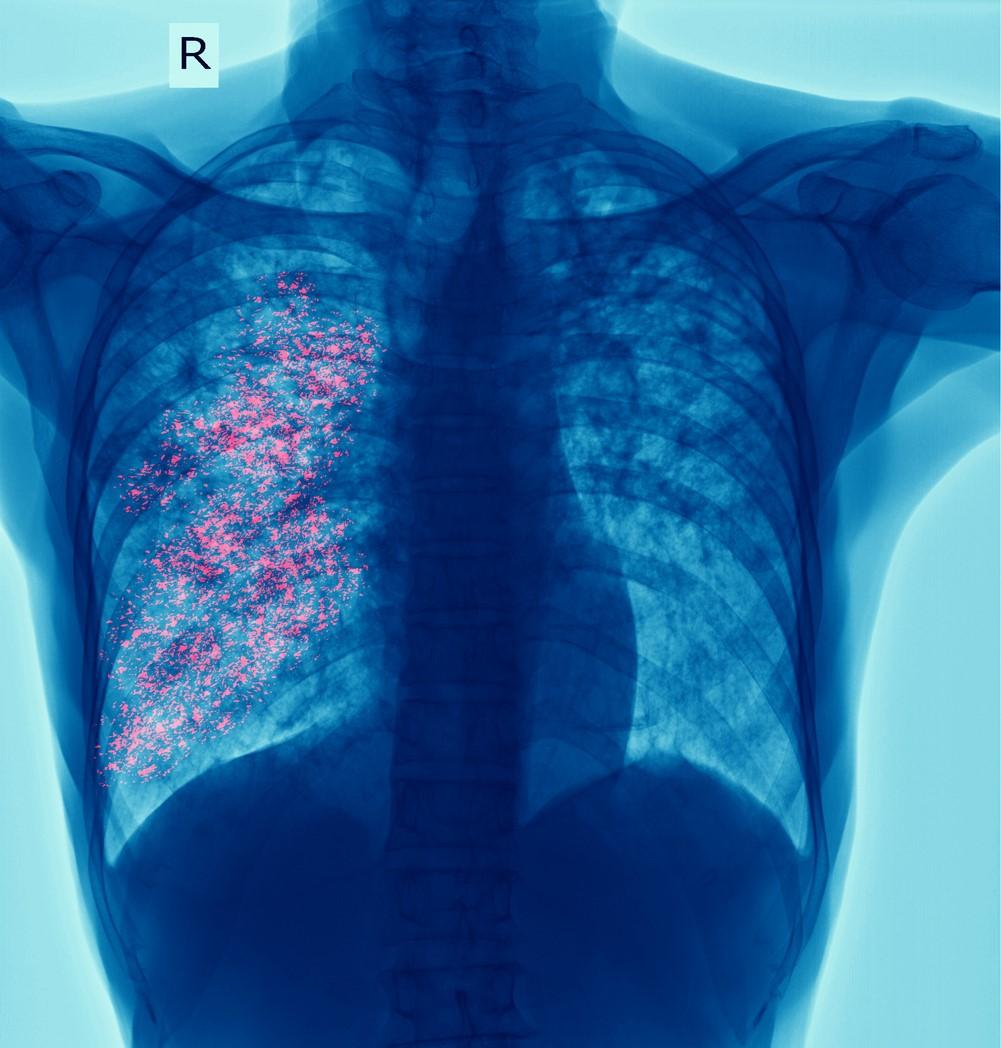Exposure to antibiotics, hand contamination, and physical independence were among the factors associated with environmental contamination with vancomycin-resistant Enterococci (VRE) in nursing homes, researchers reported last week in The Lancet Health Longevity.

The study, conducted by researchers with the University of Michigan Medical School, aimed to identify characteristics associated with contamination of the environment by nursing home residents colonized with VRE. While most nursing homes try to disrupt the transmission of VRE and other resistant pathogens through environmental cleaning and promotion of hand hygiene among staff, the researchers wanted to see if they could disrupt the process of transmission earlier by identifying characteristics that might make patients more likely to shed and spread VRE.
The researchers enrolled 245 participants from six US nursing homes, collecting patient data and analyzing surveillance cultures obtained from participants (hands, groin, perirectal region, and oropharynx) and their rooms (including surfaces such as doorknobs, wheelchairs, and toilet seats) over multiple visits.
At baseline, VRE colonization was present in 49 participants, and environmental contamination was present for 36 of those participants. VRE prevalence across all hand samples was significantly higher when VRE was found on both participant and environmental sites (hands contaminated in 50 of 99 samples) than when VRE was only present on body sites (7 of 55 hand samples).
Antibiotic stewardship, hand hygiene could cut spread
Multivariable analysis identified antibiotic exposure (adjusted odds ratio [aOR], 2.75; 95% confidence interval [CI], 1.22 to 6.16) and male sex (aOR, 2.75; 95% CI, 1.24 to 6.08) as being associated with increased risk of environmental contamination by VRE-colonized patients and physical dependence as being associated with a reduced risk of environmental contamination (aOR, 0.91; 95% CI, 0.83 to 0.99).
"Our results support a model of VRE transmission in nursing homes whereby colonised residents with sufficient physical independence can contaminate their environment via their hands, which is likely to increase the chance of a resident with an antibiotic-disrupted microbiota acquiring VRE colonisation, either directly from the contaminated environment or via a health-care worker intermediate," the study authors wrote.
They say the findings highlight antibiotic stewardship and hand hygiene as possible interventions for reducing VRE contamination and transmission.

.jpg)


















